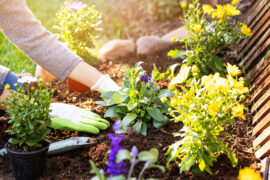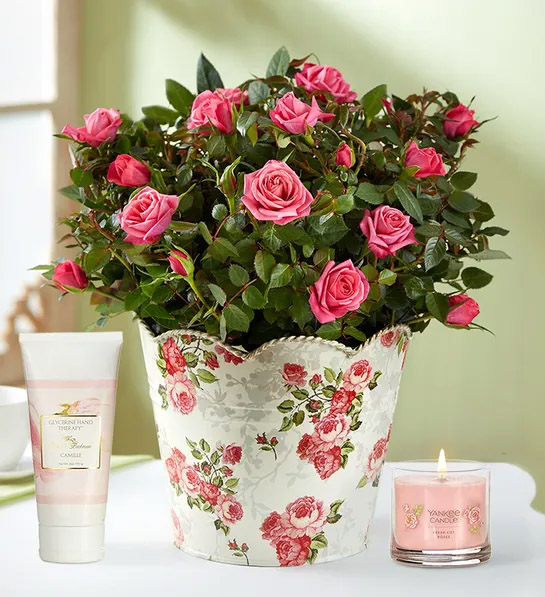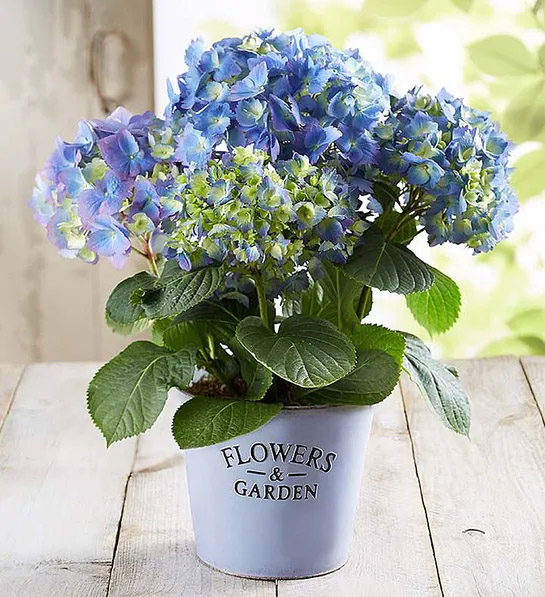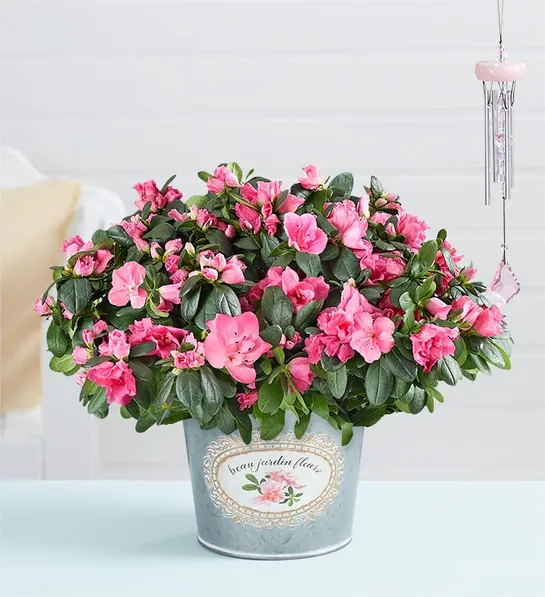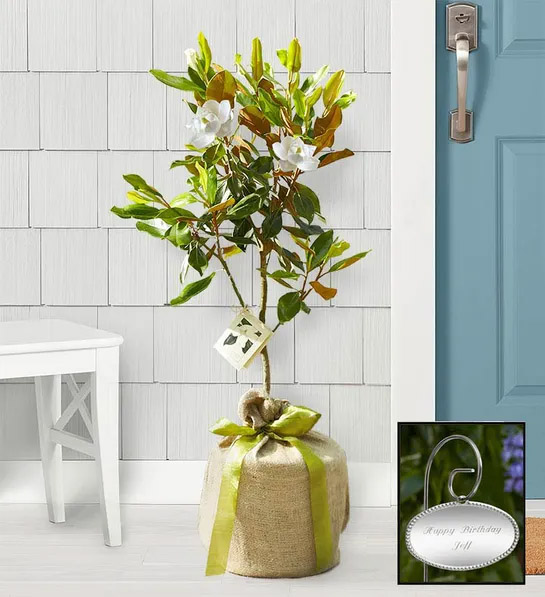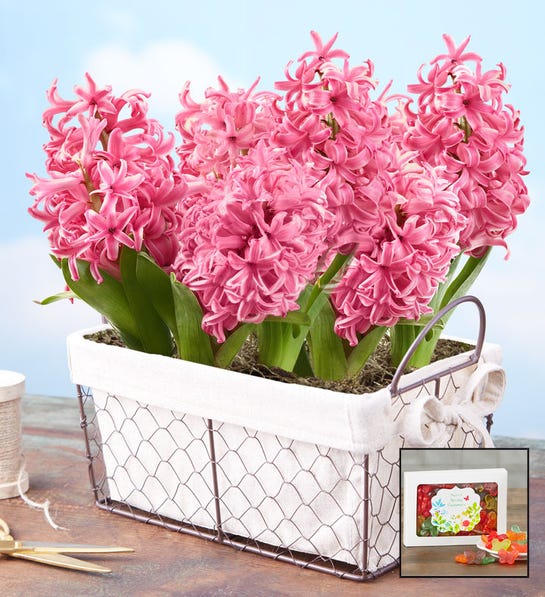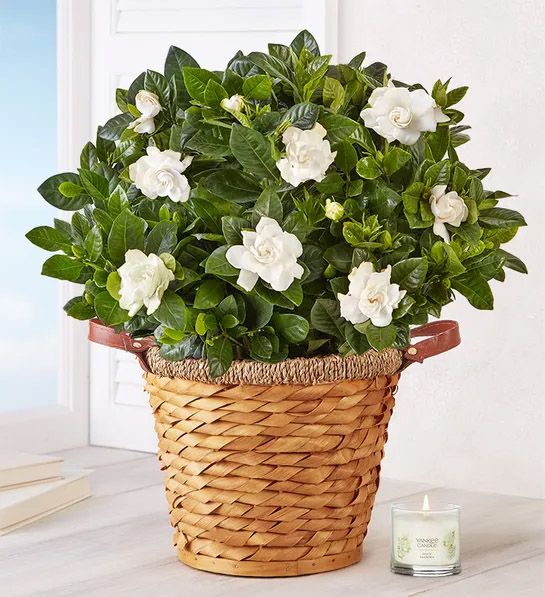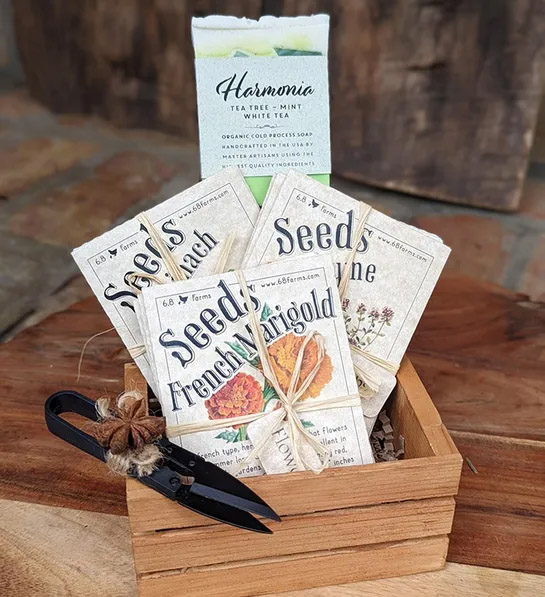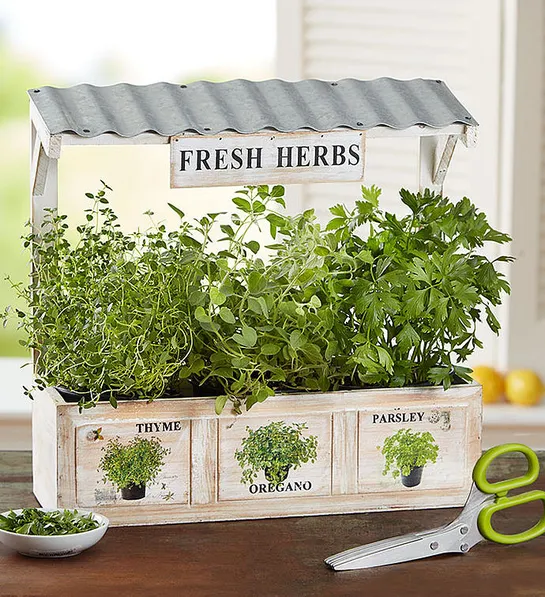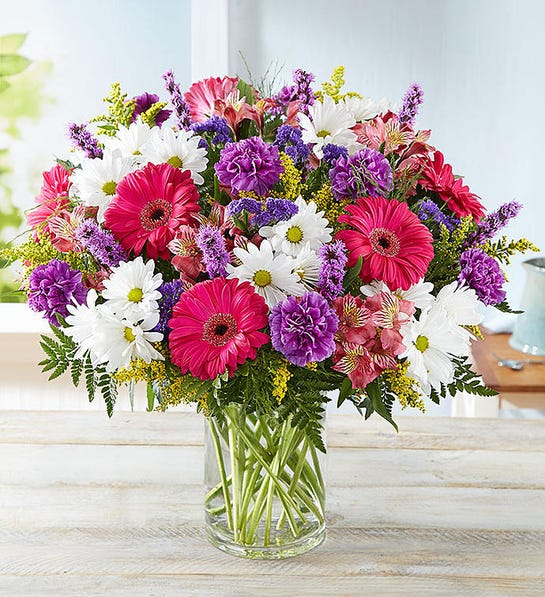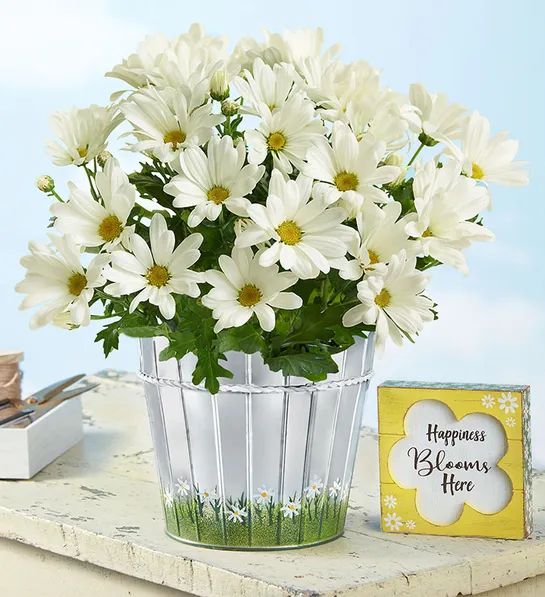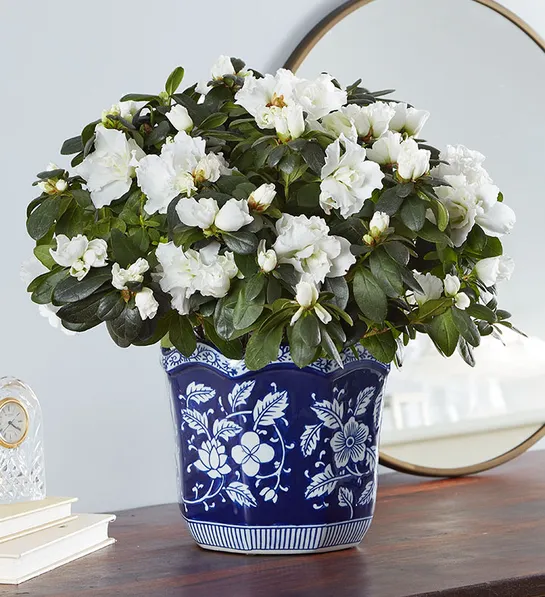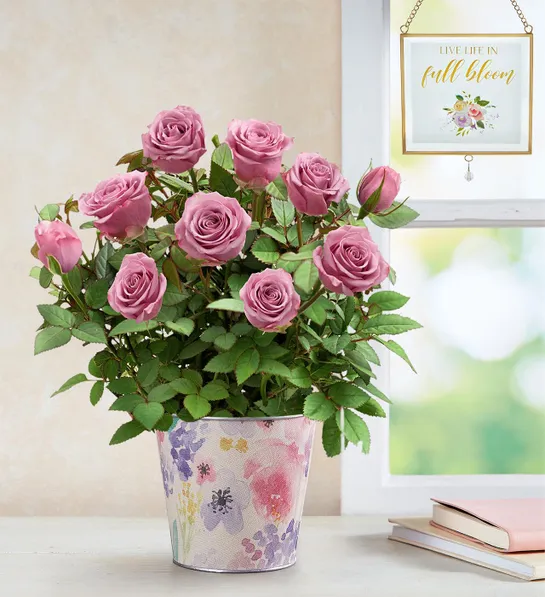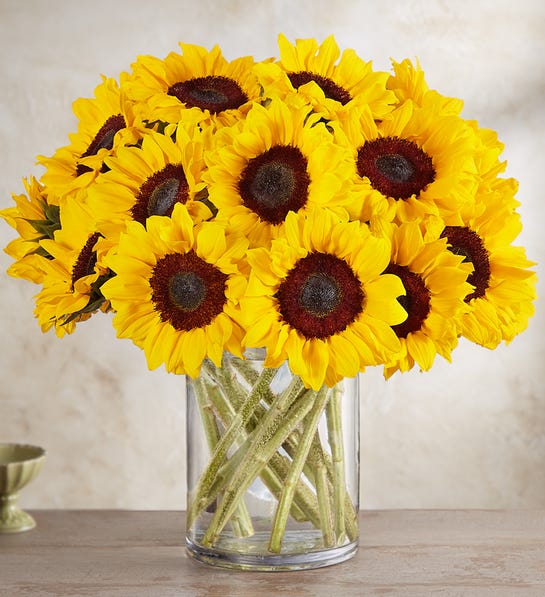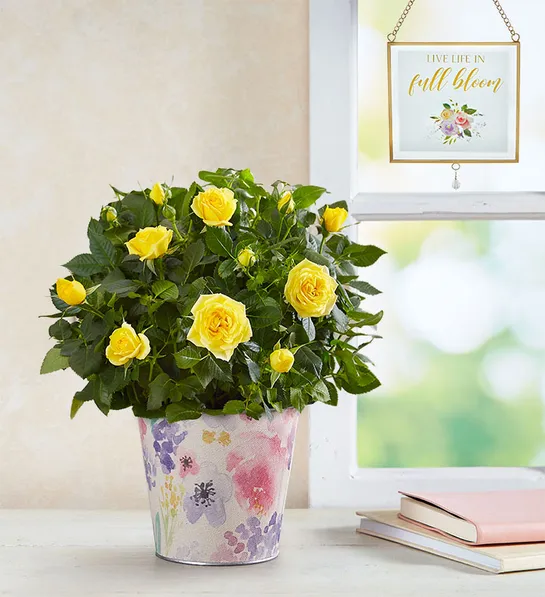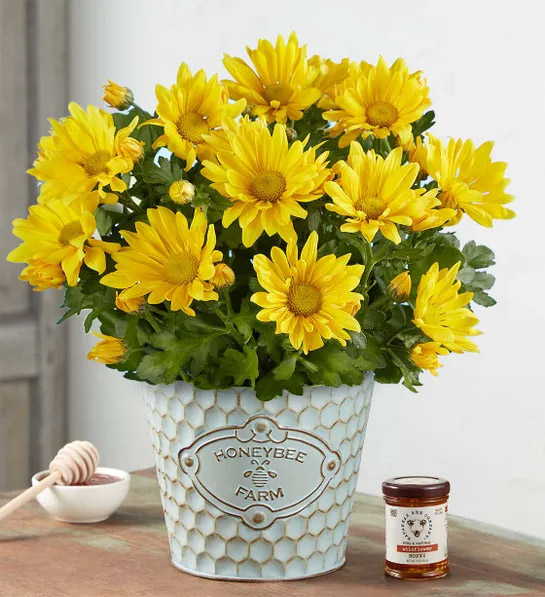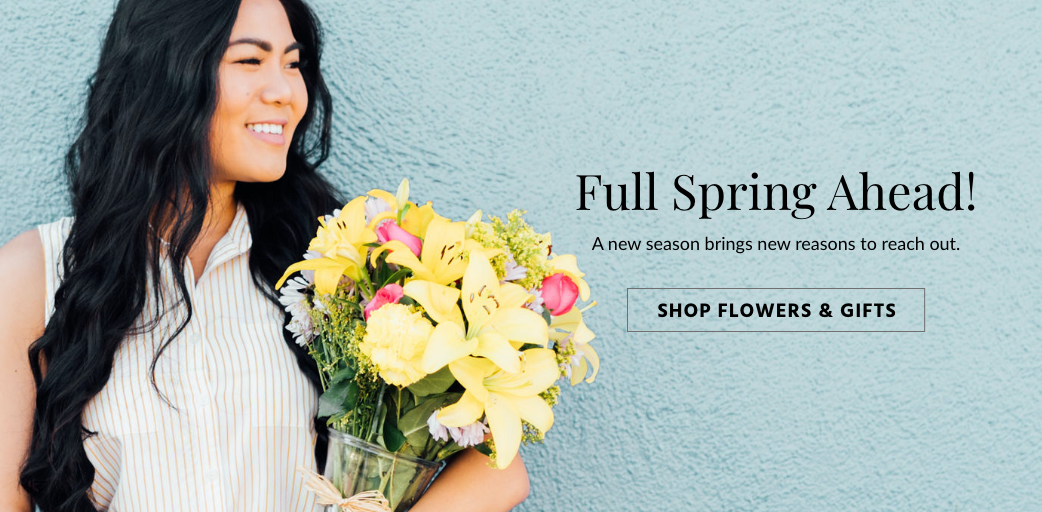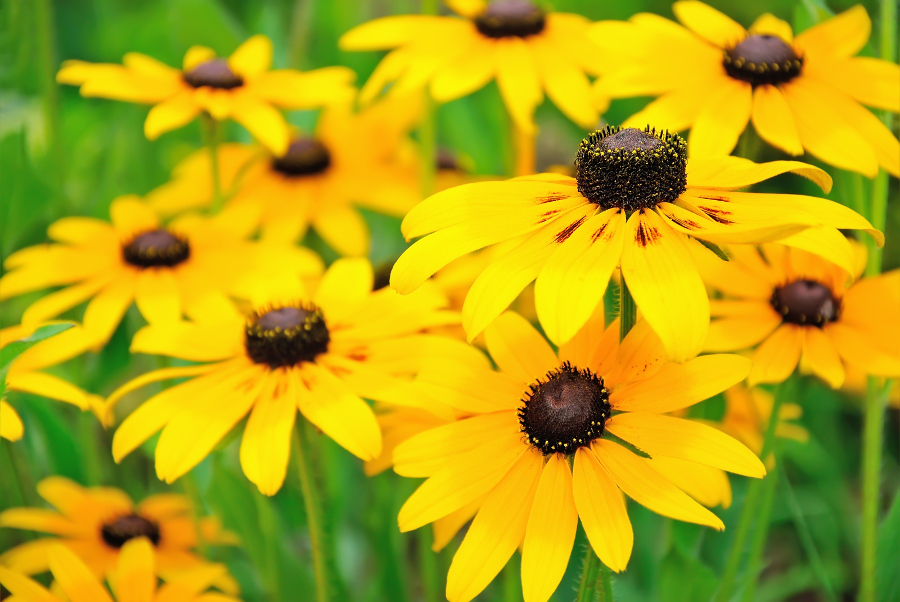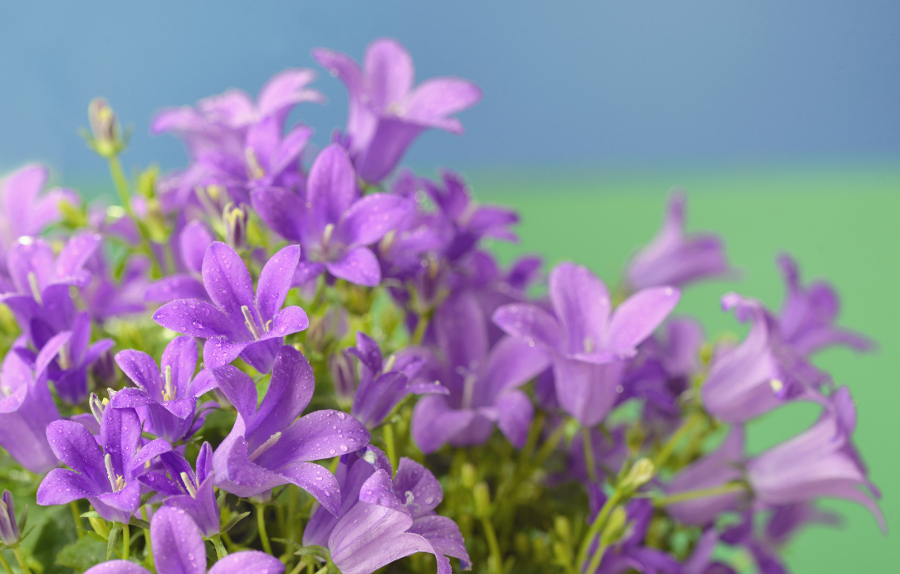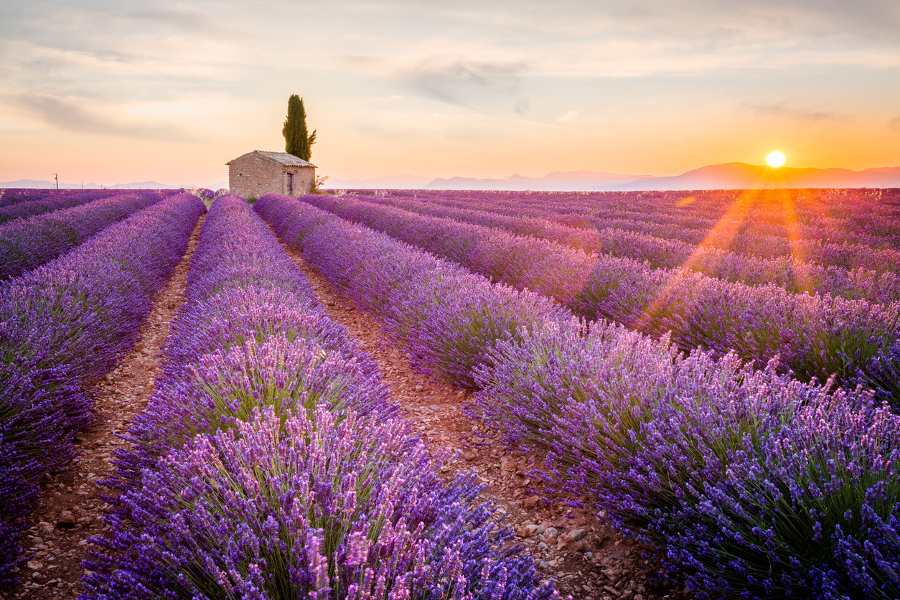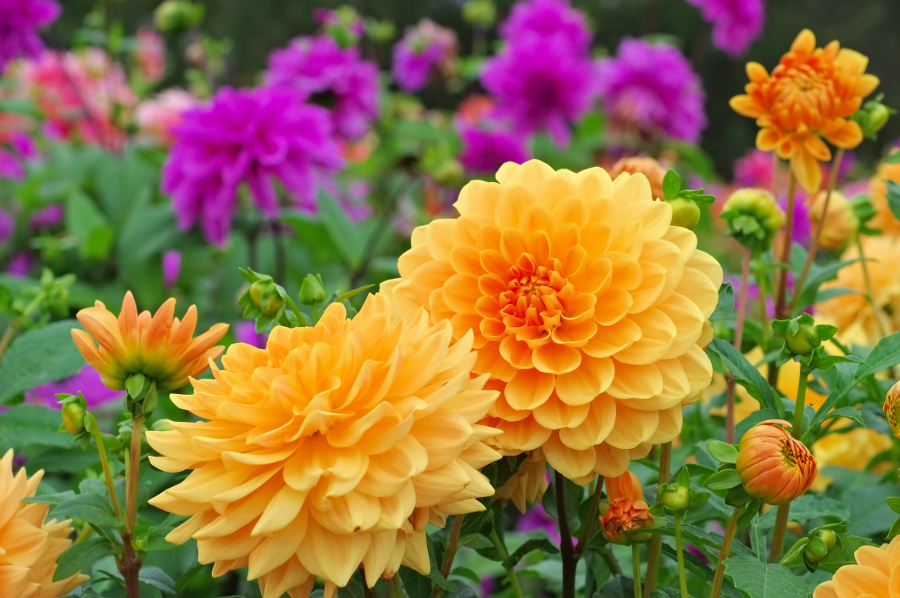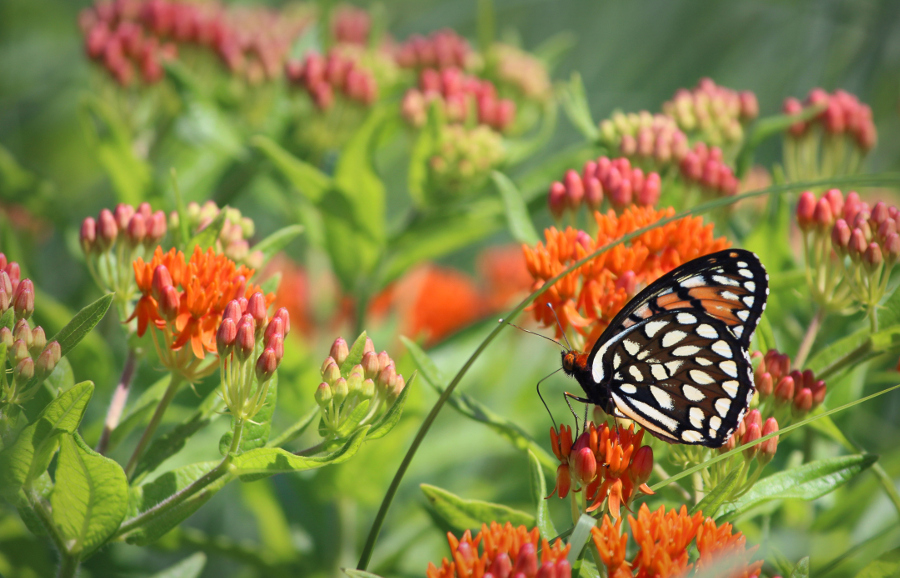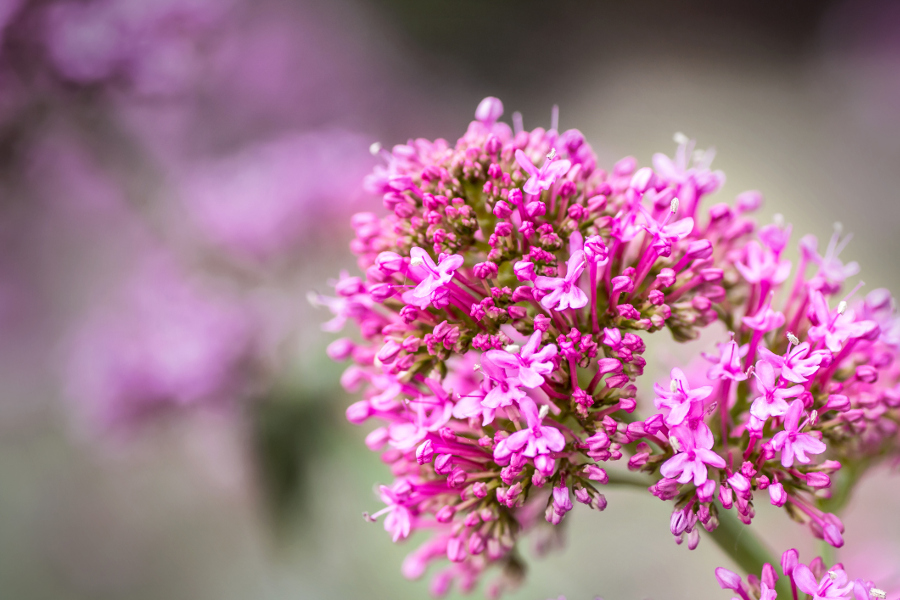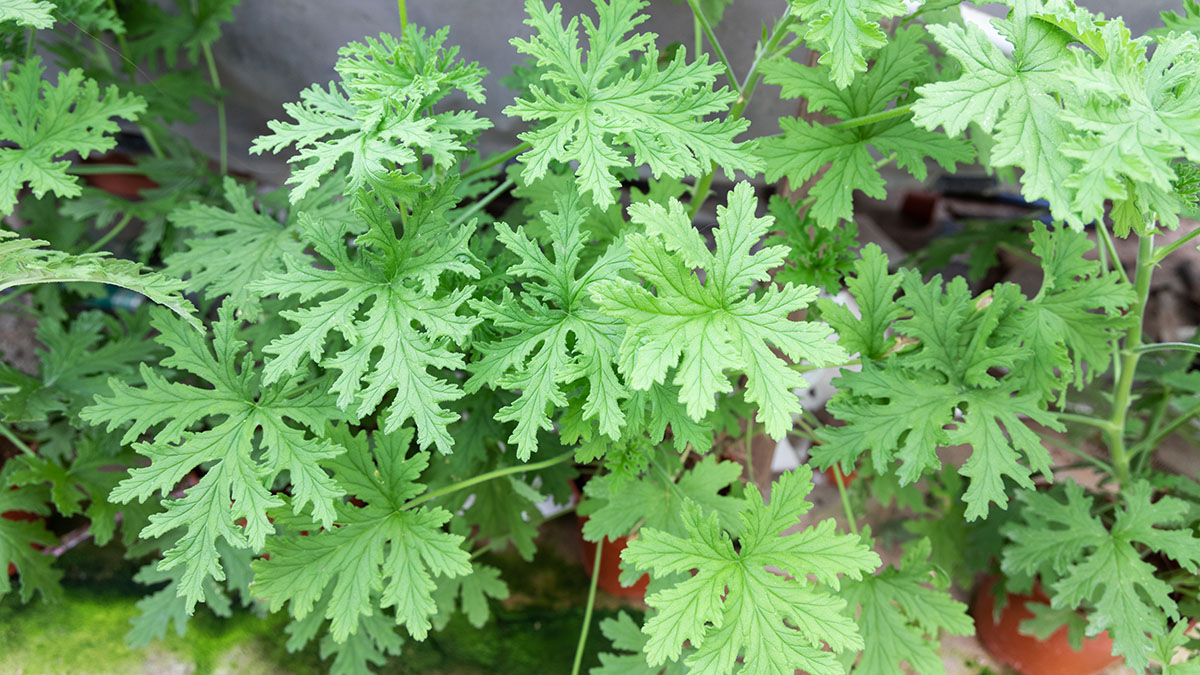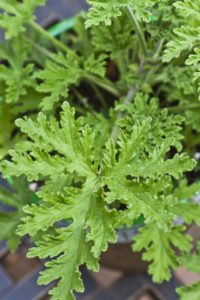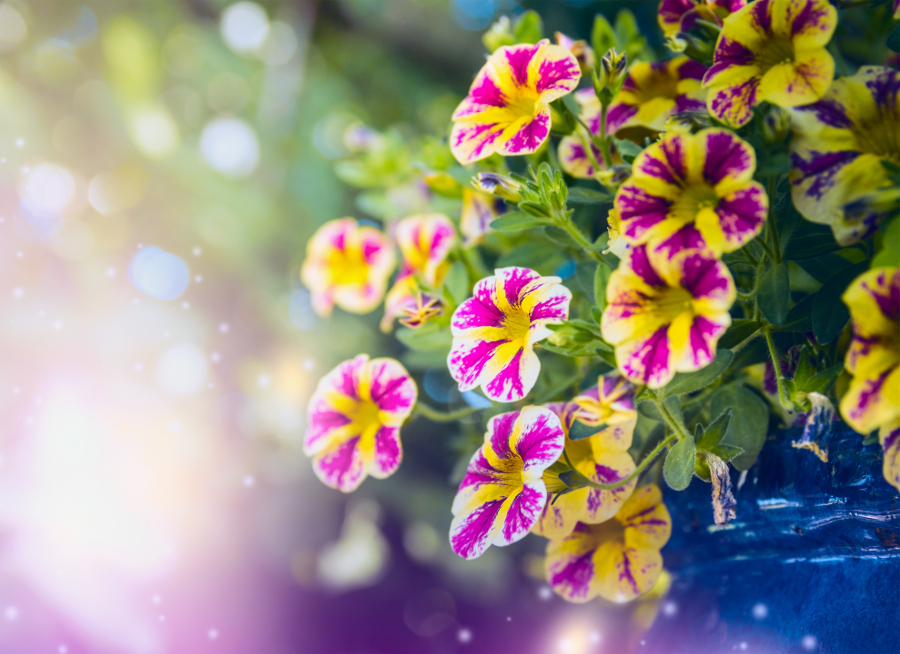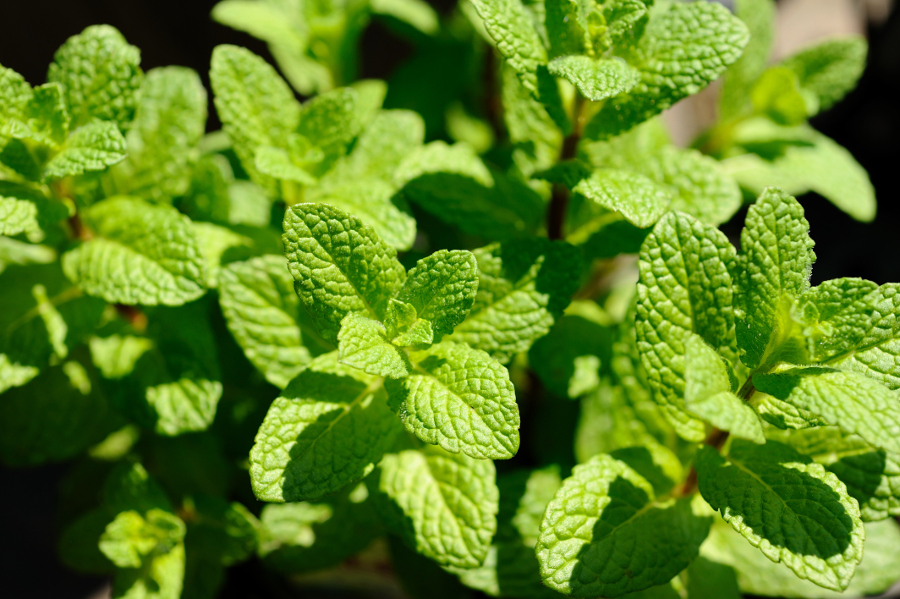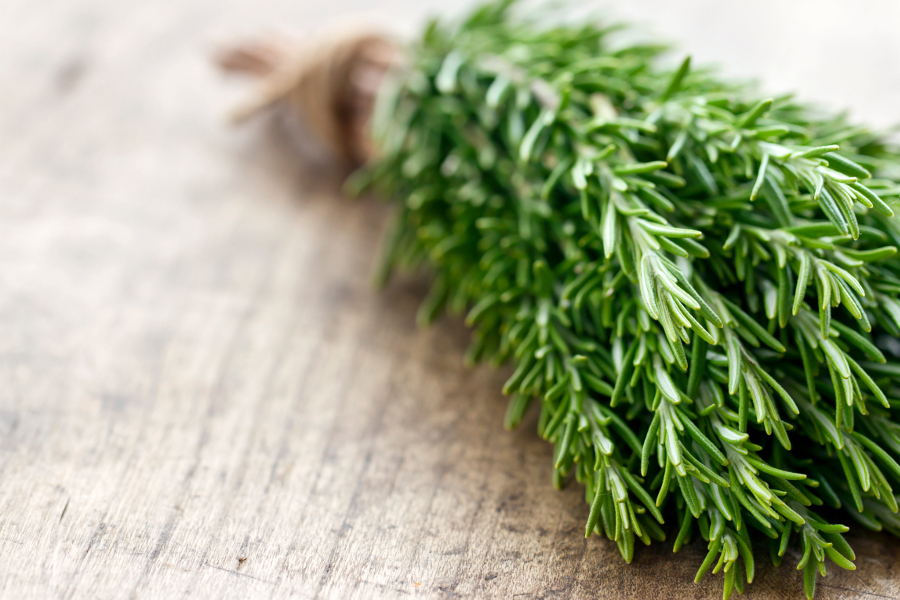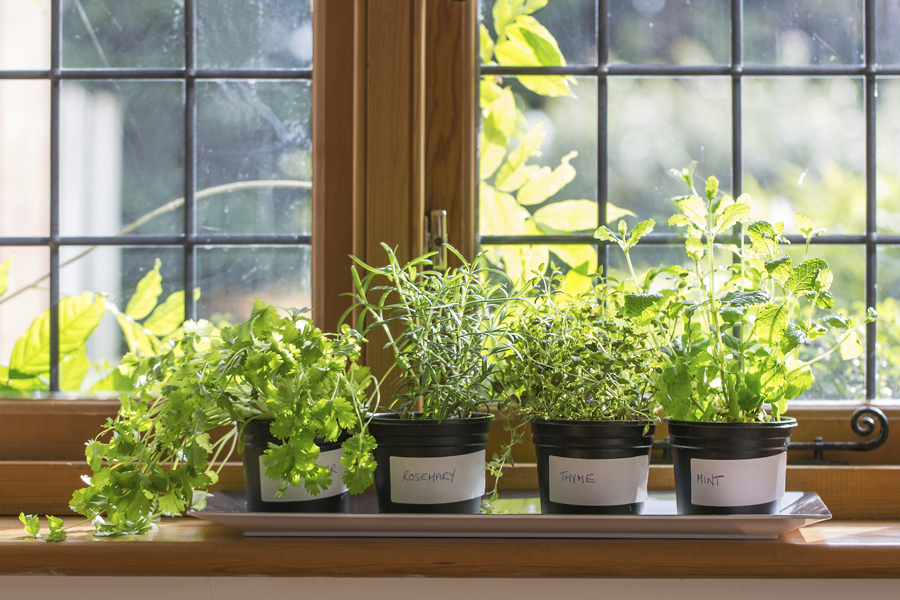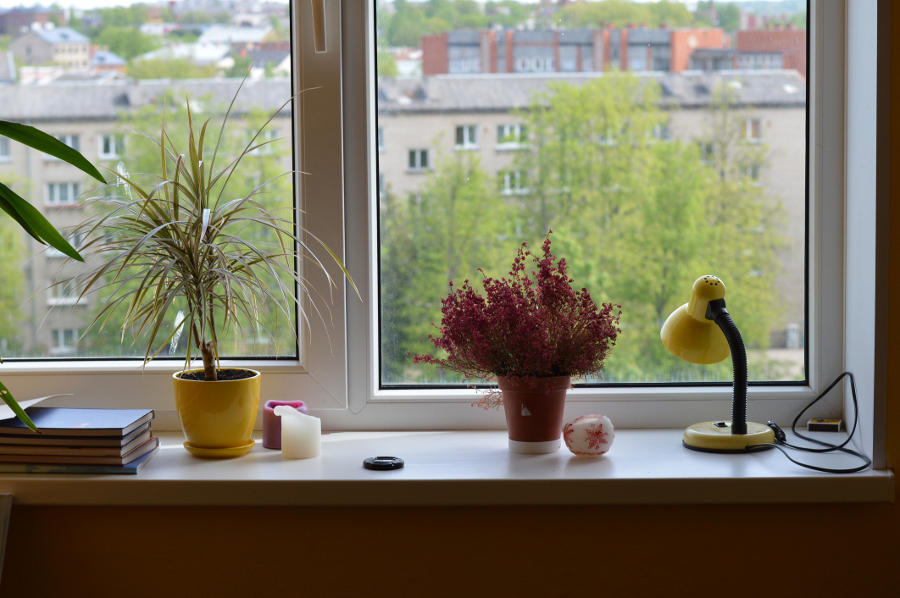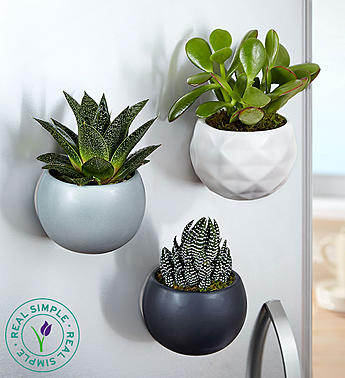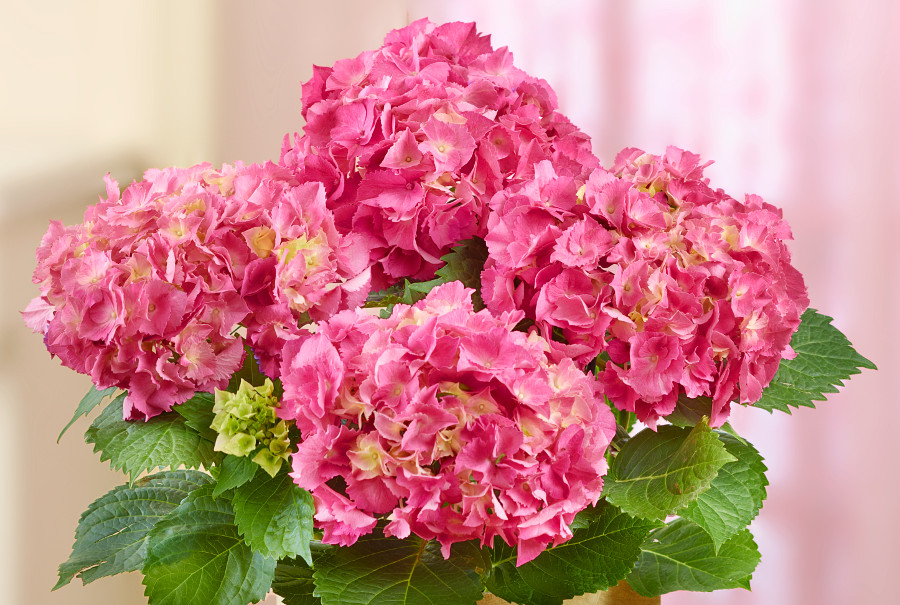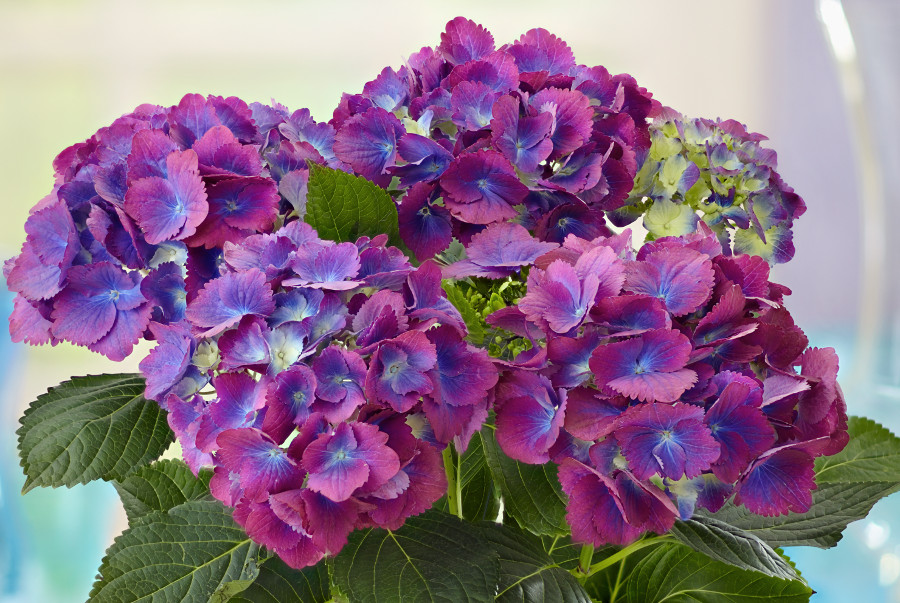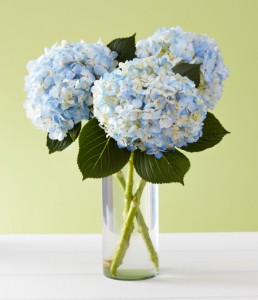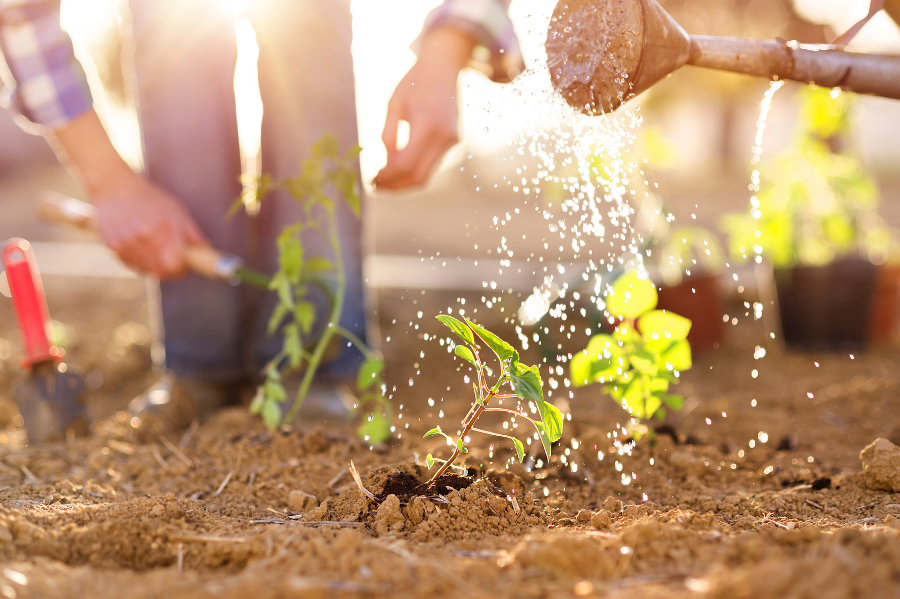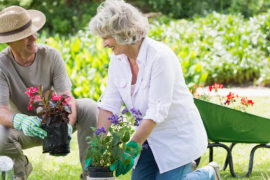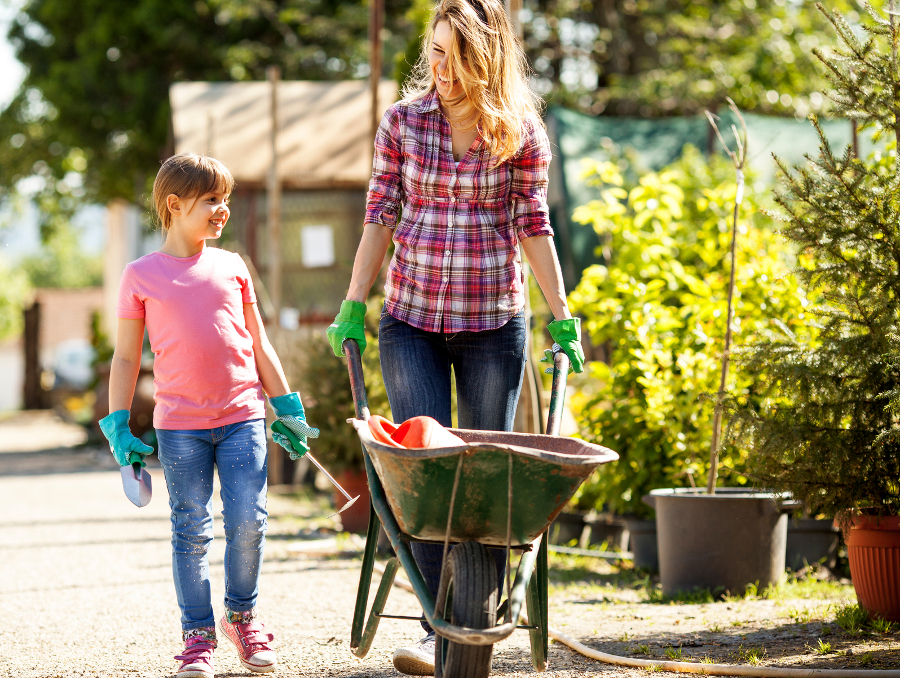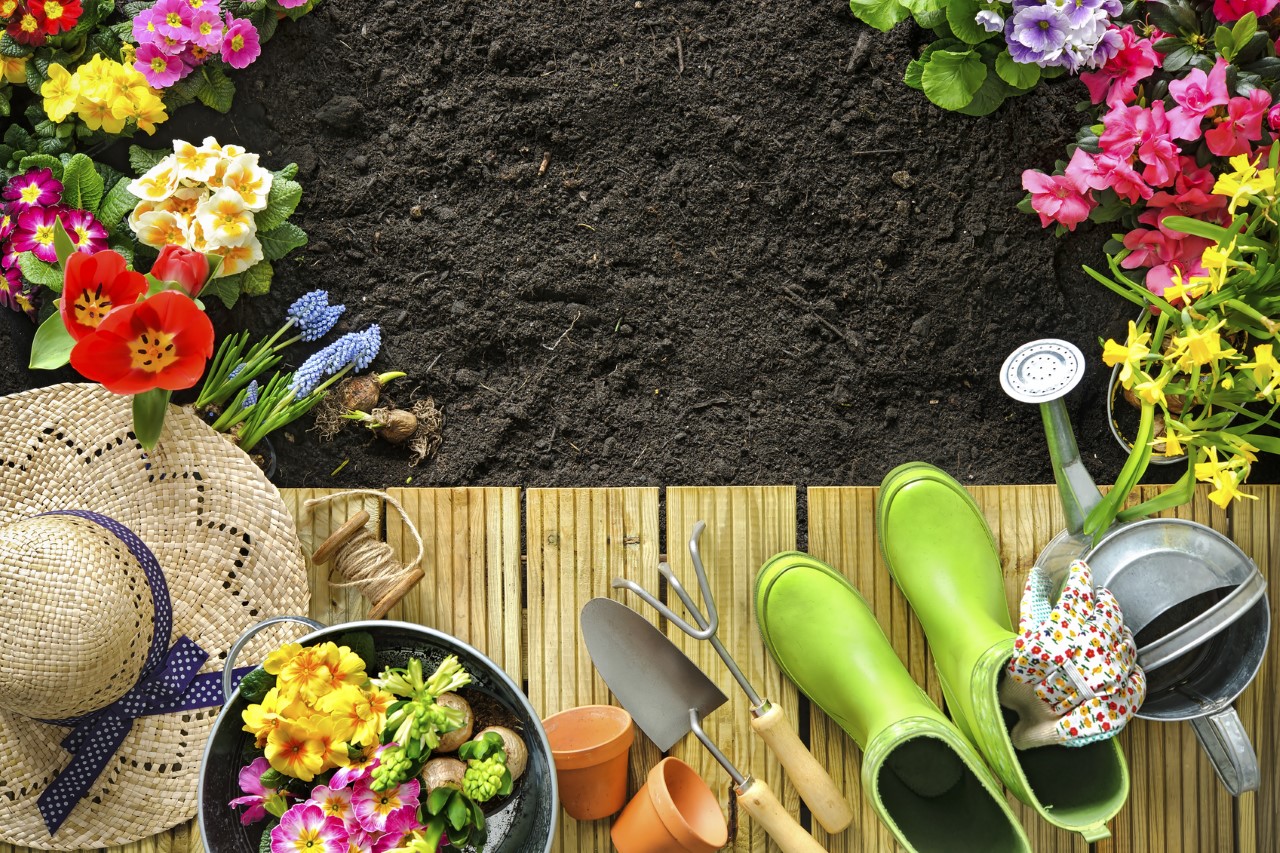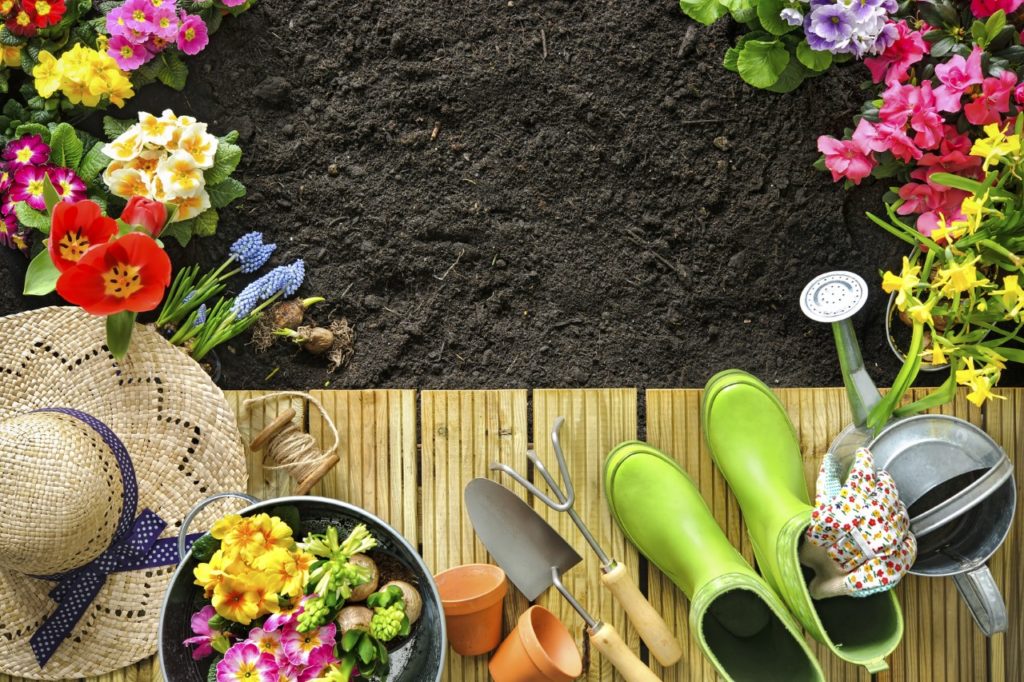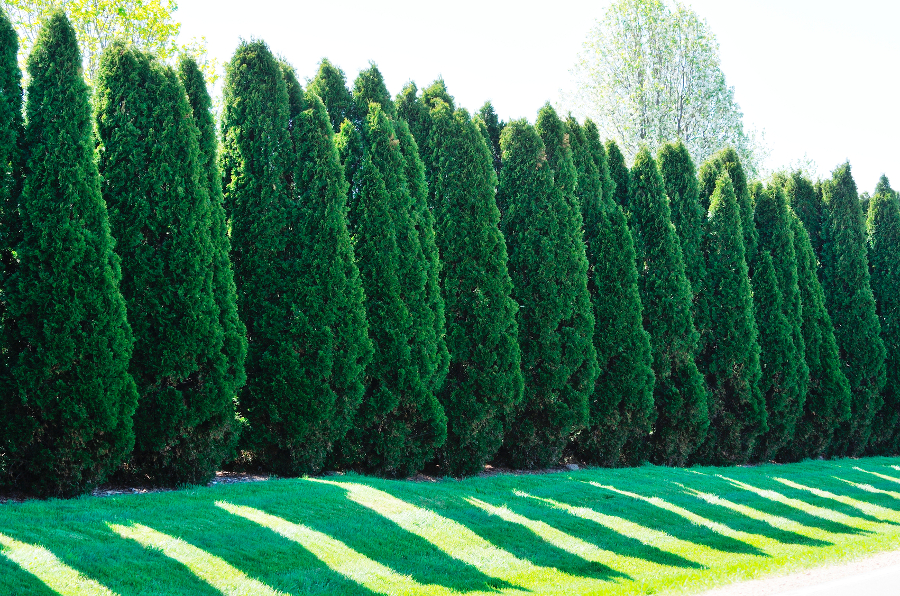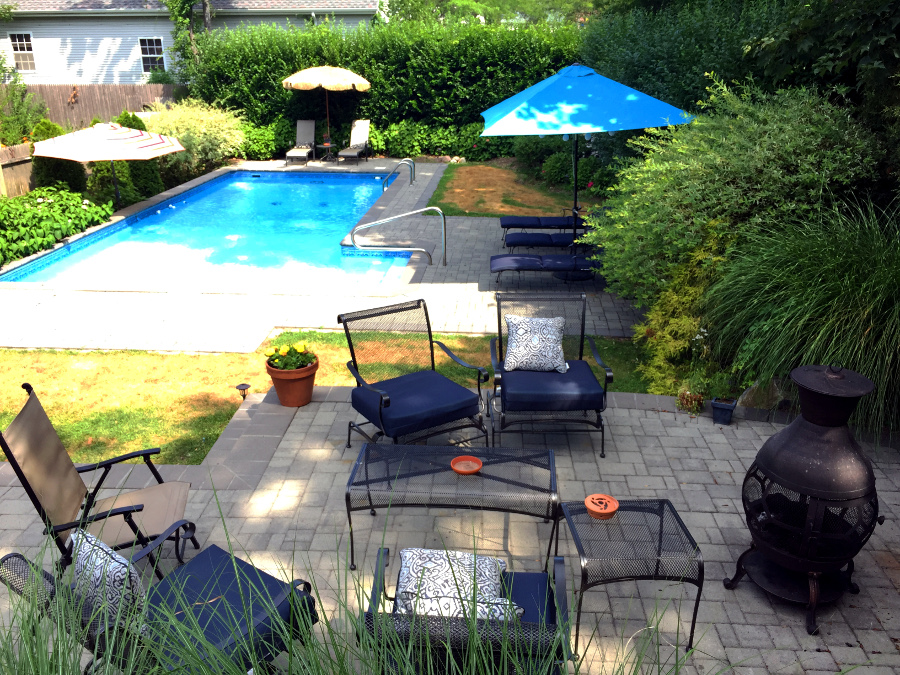Spring is the season of renewal and celebration. The world is once again fragrant and green and full of beautiful flowers. Even the occasional rain shower is welcomed — after all, the plants and flowers need water to flourish.
From avid gardeners to people who just like to look at and smell flowers, nurturing a garden carries with it lots of benefits: It brings beauty into the world, can improve your mood, and even provides fresh flowers and food for your enjoyment.
This guide highlights the best plants for your growing region and provides tips on how to care for them.
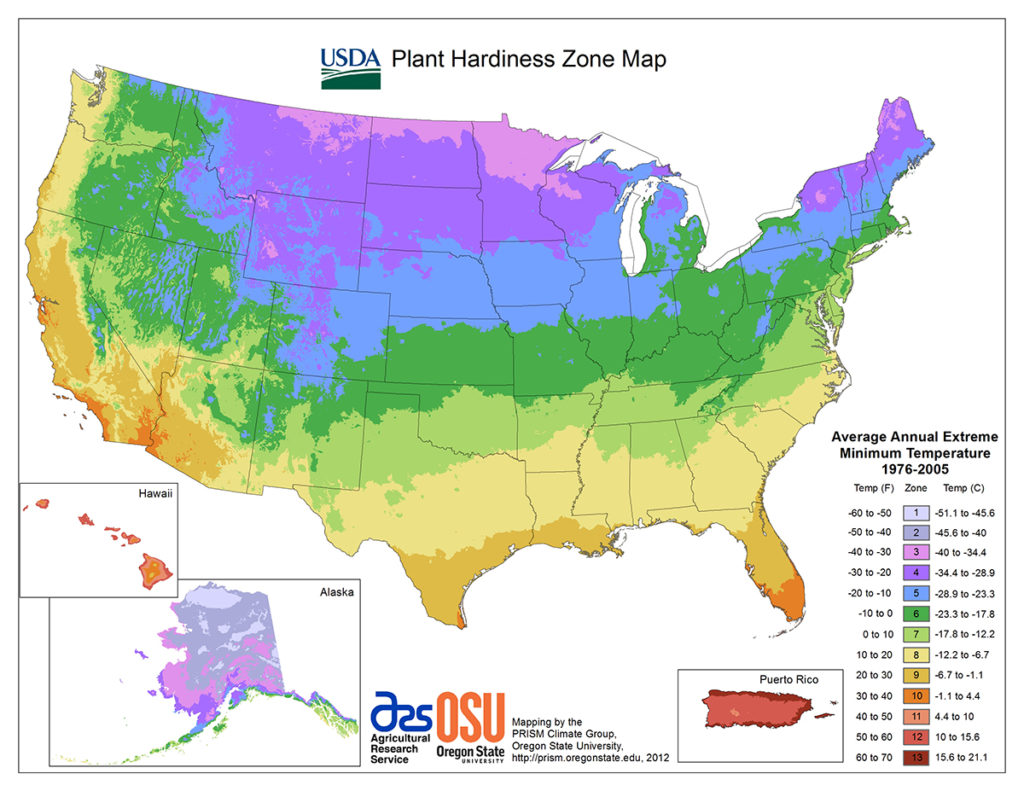
Get in the zone
First, take the time to “get to know your zone” when planting outside, says Renato Cruz Sogueco, vice president of digital strategy and education at BloomNet. If you don’t know your zone, simply ask at your local garden center or input your zip code on the USDA Plant Hardiness Zone website. You can also refer to the above map. Knowing your zone is the key to success, as it allows you to select plants that will thrive in your garden and are right for your location.
Zone information will also help you calculate your growing season, and identifies your first and last hard freeze dates. The period in between the freeze dates is your season. For example, in Philadelphia, garden zone 5B shows it is safe to plant between April 15 and Oct. 15.
Location, location, location
Another key to planting success is choosing the right location in your yard. Most flowers and fruit plants are easy to care for when placed in the optimal spot.Regardless of where you live, it is important to always read plant tags and descriptions. Most plants fail not from lack of care but from being placed in the wrong place in your yard. Plants meant for other growing zones should also not be purchased. If the information is not listed, a good rule of thumb is that most flowers and fruit plants require at least six hours of sunshine and good drainage.
Drainage is important, as very few plants like having their roots sitting in water. If you are planting in the ground, an easy test is to dig a hole and fill it with water. If it drains easily, it’s ready to plant in the ground. If it does not, you can either choose a different location or amend your soil with heavy bark or gravel.
For containers, you can drill extra drainage holes with a power drill or add a layer of small gravel to the bottom of your pot. Smaller planted pots can be moved indoors to decorate your home when in bloom.
Planting seeds and plants
As soon as late winter, you can start seeds and small plants indoors or prepare your garden plot for your growing season. Make sure to select seeds that are meant for your growing zone.
Also, when purchasing new plants, choose smaller-sized plants. This will save you time and energy not having to dig larger holes. And, with proper care, your plants will quickly grow and blossom.
Regional planting guide
Want to know what spring flowers and fruit plants to choose based on where you live? Here is a region-by-region listing of some of the more popular spring plants and fruit trees for you to consider, along with gardening tips.
Northeast planting guide
Flowers
When it comes to gorgeous spring blooms, the Northeast has some real showstoppers. Peonies, hellebores, cyclamen, and primroses can all be planted this time of year. Peonies are Ghitelman’s favorite spring flowers. “They come in many varieties and colors, and the scent of these beauties is simply mesmerizing,” she says. Peonies are easily made into beautiful bouquets because not only are their ruffled blooms gorgeous but their greenery is also attractive.
Flowering shrubs are another favorite. These plants have a spring flush, which occurs when flowers in a garden grow quickly and suddenly, giving it beauty and structure. They also re-bloom throughout the season.
Azaleas, spirea, and hydrangeas are steady bloomers, and come in dwarf varieties that are perfect for containers and small space gardens.
Daisies are a popular choice for northeast gardens because they are easy to grow, bright and cheerful, and work well as borders or to fill in a garden space. They also bring life to a yard, attract wildlife and pollinators, and can be brought indoors for short periods if planted in small pots.
Flowers to plant: Peonies, dahlias, sunflowers, zinnias, bachelor buttons, roses, lavender, azaleas, hydrangeas, spirea, pansies, hellebores, primroses
Fruit
Flowering fruit trees, such as plum and cherry, are an easy and beautiful addition to your yard. The tree blossoms are a sure sign of spring and warmer days. Fresh fruit is also a healthy way to enjoy and share your garden with others.
Strawberry plants also are easily grown in the ground or containers. They love to spread and can cover a garden space in a season or two. Make sure to choose “everbearing” varieties so you will have berries well into summer.
Fruit to plant: Rhubarb, strawberries, blueberries, cherries, raspberries, apples, plums, pears
Southeast planting guide
Flowers
In the Southeast, spring is associated with the scent of its most popular and fragrant flowers. When you think of hyacinth bulbs, gardenias, climbing jasmine vines, and magnolia trees, you instantly picture southern gardens.
Old-fashioned flowers, such as delphiniums, hollyhocks, snapdragons, and foxgloves, may not have the same aromatic allure, but their interesting shapes and beautiful colors make them popular choices to plant in the Southeast.
Flowers to plant: Flowering bulbs, gardenias, azaleas, bachelor buttons, poppies, lupine, cosmos, camellias, delphinium, hollyhock, snapdragon, foxgloves, begonia
Fruit
Citrus trees are a good addition to a yard or patio in the Southeast. Look for varieties that command higher prices and less availability in your local supermarket, such as kumquats, key limes, pink lemons, and seedless limes. Many of these fruit-bearing trees also come in dwarf varieties, making them ideal container plants and perfect for gift giving. Fruit shrubs, such as blueberries and kiwi fruits, can also be planted in the spring.
Midwest planting guide
Flowers
You can scatter wildflower seeds and start your sunflowers as early as spring in the Midwest. Growing plants and flowers from seed have been done for generations. A fun idea, and a great way to build community, are to host a “seed swap,” where everyone brings extra seeds they have at home and exchanges them with one another. This is also a good way to learn more about local plants.
Succession planting is a popular method that involves planting every two to three weeks to start a new crop of flowers for an ever-blooming garden. Bachelor buttons, cosmos, marigolds, sunflowers, and zinnias are all easy flowers to start from seed.
Flowers to plant: Sunflowers, wildflowers, zinnias, roses, poppies, snapdragons, bachelor buttons, cosmos, bee balm, lavender, marigolds, rosemary, calendula
Fruit
Spring plants, such as strawberries, blueberries, and fresh herbs, are popular choices in a Midwestern garden. For fresh fruit, apples, peaches, and pears grow well.
The best fruit: Apples, pears, peaches, nectarines, plums, strawberries, blueberries
Northwest planting guide
Flowers
The Pacific Northwest is a versatile region with a growing season from April to November.
Many gardeners in the Northwest favor perennial plants and flowers for their ease of care; varieties such as daisies come back year after year and can fill a space quickly. They also attract birds, bees, and butterflies to your garden. Planting for pollinators is a hot trend right now, and you will find many of the most popular flowers in the Northwest are done so for this very reason.
Flowers to plant: Dahlias, bachelor buttons, borage, flowering bulbs, poppies, carnations, pansies, primroses, roses, hellebores, cyclamen, lilac, azalea, rhododendron
Fruit
Everyone has their favorite berry, and spring is the time to plant them. Make sure to read the plant labels as some varieties can quickly spread out and cover a space.
People often plant blackberries and raspberries along their borders or to cover a fence. Fruit trees are also a nice addition to your yard. If you have limited space, look for trees that have been grafted with a few different varieties. This is an emerging trend where you can grow two different types of fruit on the same tree!
If you are planning an urban garden, look for fruit plants that do well in small spaces or containers.
Fruit to plant: Strawberries, blueberries, blackberries, raspberries, apples, pears
Southwest
Flowers
Many gardeners in the Southwest have to start planting their fruit and flowers early in the spring due to the hot summer temperatures. Planting in the spring gives the plants time to get established and develop strong root systems.
Planting bright flowers, such as angelonia, cosmos, and zinnias, is recommended. All of these thrive in full sun and hot temperatures, and will also attract pollinators to your yard.
“The key to growing flowers in the Southwest is to start your seeds early,” says Callie Works-Leary, founder of the Dallas Garden School. She loves planting marigolds, cape daisies, sunflowers, and gomphrena in her Texas garden.
Flowers to plant: Angelonia, cosmos, zinnias, gomphrena, sunflowers, daisies, marigolds, lavender, salvia, sweet peas, roses, rosemary
Fruit
The Southwest region, with its high temperatures and desert-type climate, is a bit of a challenge when it comes to growing fruit trees. Many types of fruit trees need an extended period of cold to produce fruit, called “chill hours,” so be sure to select ones that can survive without a long stretch of cold weather. Many citruses, avocado, and stone fruits successfully grow in this region. The key is to get new plants in the springtime so they can get established before the hot summer growing season.
Fruit to plant: Citrus, avocado, apricots, peaches, nectarines
